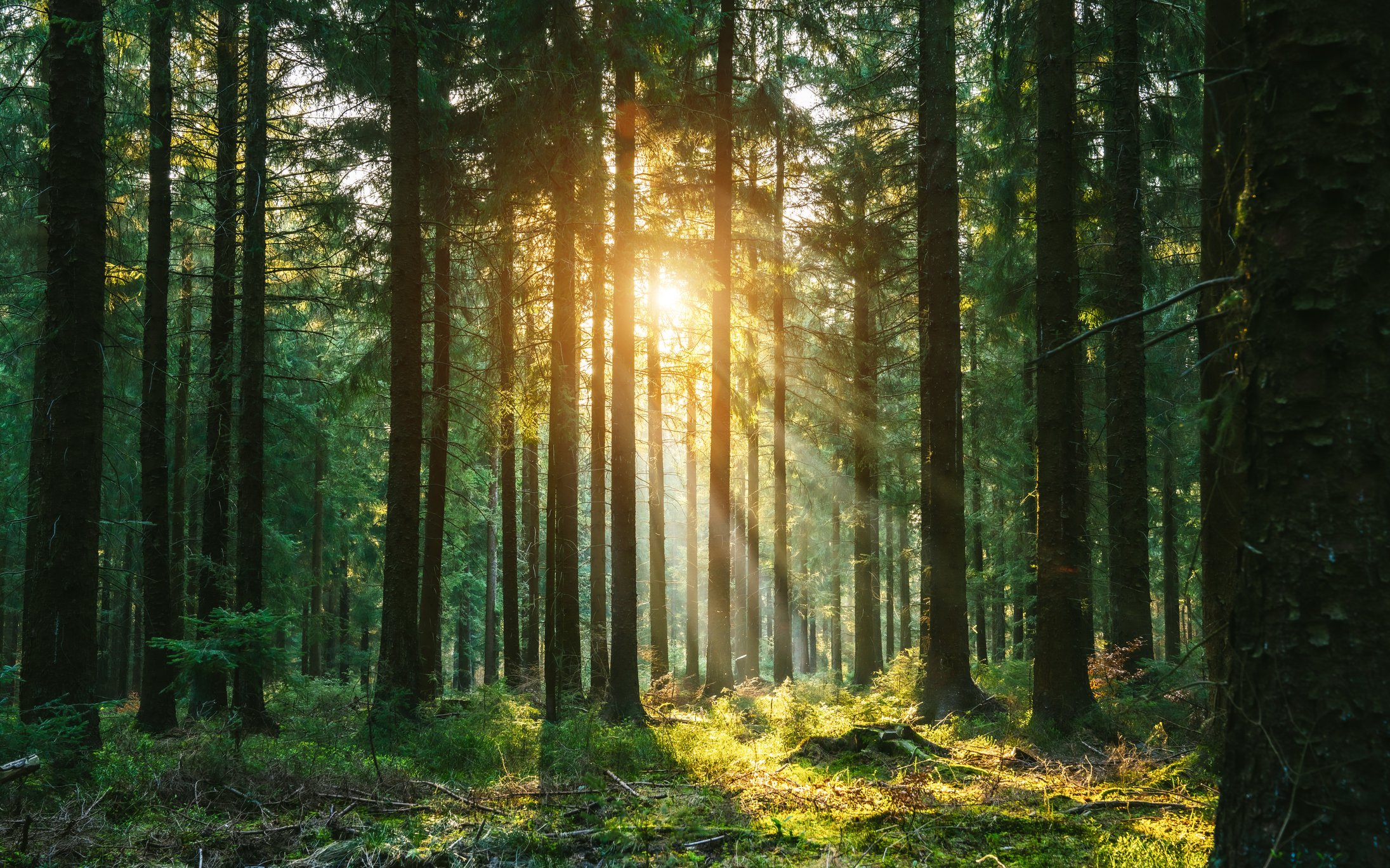Fractal patterns are commonly found in almost all environments in nature, such as rivers, flowers, plants, mountains, among other natural structures. A common situation is the repetitions discovered when enlarging snowflakes. A recent study suggests this may not happen in nature; Scientists from the University of Bristol in the United Kingdom, Explain that forest canopies do not reproduce these fractal stereotypes.
Because it is common to find patterns in nature, scientists were trying to understand whether fractals could explain how forest canopies—the top and outermost layers of vegetation—are organized in natural biosystems.
Since fractality is found in branches and leaves, it was thought that this phenomenon could also extend to crowns, but no similarity was found during the research.
The researchers’ goal was to describe this phenomenon in the treetops in order to measure the complexity of forest ecosystems and make comparisons with other regions around the world. Thus, they were able to understand what conditions the environments we know create, but after analyzing aerial surveys of nine forest types, they did not find these similarities.
“Scientifically, this self-similarity has the attractive property of allowing a seemingly complex object to be described using some very simple rules and numbers. Fabian Fischer of the University of Bristol, one of the authors of the study, said: “Forest canopies are not fractal, but are independent of the ecosystem in which they exist.” “We found that they are very similar in terms of deviation from fractalism,” he said.
Forests and fractals
Data samples were collected using lasers in different environments such as dry forests and tropical savannas. Each was approximately 5 square kilometers in size.
The researchers used the data to develop high-resolution models of these forests to understand whether they followed any fractal patterns, but the analysis shows that none showed this phenomenon.
But study highlights that higher, wetter forests show greater self-similarity than lower, drier ecosystems. This means that all nine forests show similarities in terms of ‘deviation’ from this phenomenon, even if there is no obvious sign of pattern in the canopy; this characteristic was related to the size of the environment and the level of drought.
“Canopy structural complexity is a fundamental emerging characteristic in forest ecosystems that is directly related to carbon storage capacity, water and nutrient cycling, and habitat provision for biodiversity. However, we do not yet have a general framework for measuring the structural complexity of forest canopy, and we do not yet have a clear understanding of the canopy structure we observe in forests around the world.” “It remains to be seen whether there are simple rules that explain the enormous diversity.” explains.
Did you like the content? Therefore, always stay updated with more environmental curiosities at TecMundo. If you want, take the opportunity to understand how scientists approached discovering the fifth force of nature.
Source: Tec Mundo
I’m Blaine Morgan, an experienced journalist and writer with over 8 years of experience in the tech industry. My expertise lies in writing about technology news and trends, covering everything from cutting-edge gadgets to emerging software developments. I’ve written for several leading publications including Gadget Onus where I am an author.












